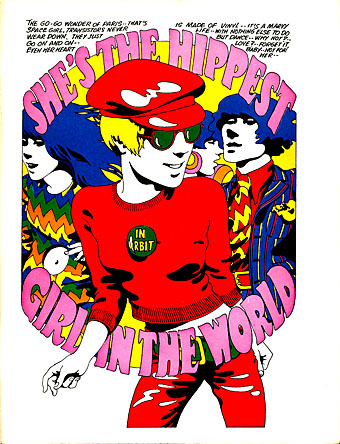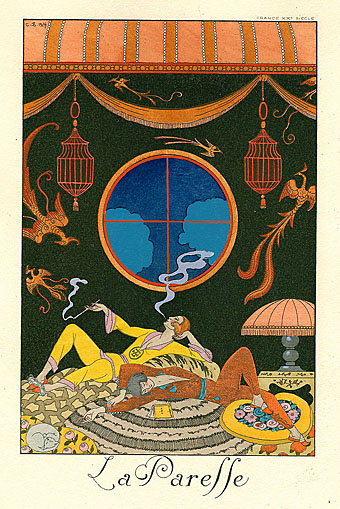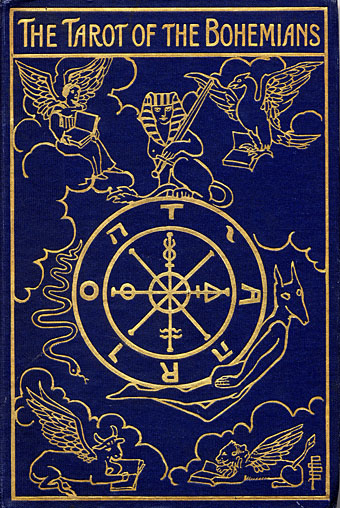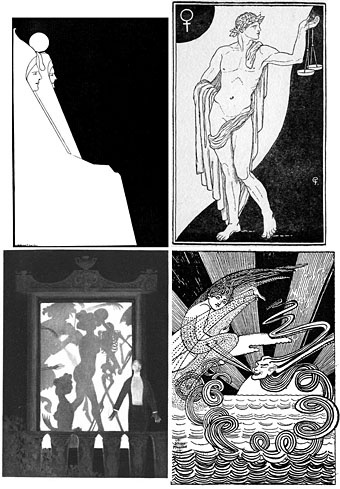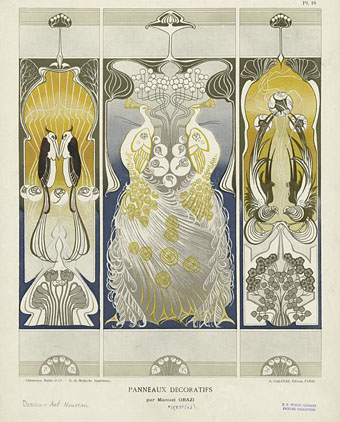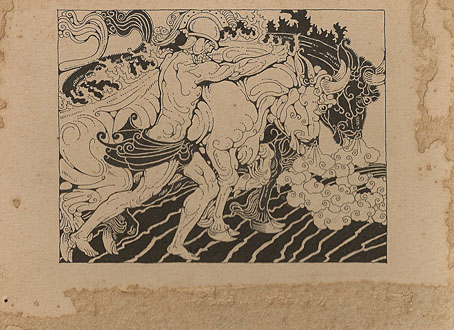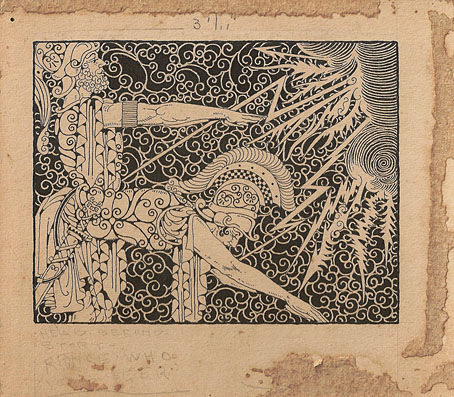“The Go-Go wonder of Paris — That’s space girl. Transistors never wear down, they just go on and on — Even her heart is made of vinyl — It’s a marvy life — With nothing else to do but dance — Why not? – Love? — Forget it, baby — Not for her —” From Mod Love (1967) by Michael Lutin and Michel Quarez.
• “Gay people are not advancing themselves in the (publishing) industry, they’re just regurgitating familiar territory. Of course, artists are always ahead of gatekeepers. That’s the way it works—artists innovate. But in order to fulfill your promise as an editor, agent, publisher or reviewer, you have to be a person who’s embracing the new and looking to elevate what is not yet known. And unfortunately, there’s not a discussion among publishing professionals about enhancing this aspect of people’s responsibilities. In fact, it goes the other way. So there needs to be a psychological revolution on behalf of the people who are controlling what information is allowed to be seen.” From an interview with Sarah Schulman at Lambda Literary.
• Jonathan Ross meets Jim Steranko. Also at the Guardian: Unearthing the truth about Alan Moore.
• Photographing an abandoned Art Deco skyscraper. From the people who photographed Neverland at night.
• Powers: “aural sculptures” by Andy Partridge inspired by the strange science fiction art of Richard M Powers.
La Paresse (Laziness) (1924) by George Barbier.
• Lautréamont’s poison-drenched pages. Roger Cardinal reviews a new edition of Les Chants de Maldoror and Poésies.
• The Wire‘s Top 50 Rhythms of All Time, a list from 1992. Some great recommendations but it’s impossible to imagine that being written now without a mention of Klaus Dinger. And where’s Fela Kuti?
• The Wire Salon at Cafe Oto, London, on August 5th presents Rob Young discussing his forthcoming book, Electric Eden: Unearthing Britain’s Visionary Music.
• American Pictorial Photography, 1912–1955. Another astonishing picture set at Golden Age Comic Book Stories.
• The Beats: Pictures of a Legend. Edmund White on a new exhibition of Allen Ginsberg’s photographs. Related: the trailer for Howl.
• The Dream Machine is a point-and-click adventure game made using hand-crafted animation.
• Fuck yeah Francisco Lachowski: Brazilian model cutie has many Tumblr fans.
• Polly Morgan’s wings of desire. The taxidermy artist interviewed.

